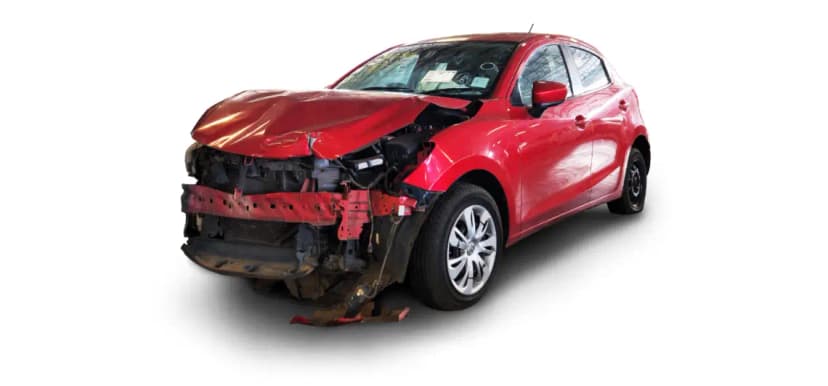Introduction to Responsive Design Automation
Responsive design automation is a crucial practice in modern web development aimed at creating websites that adapt seamlessly to various devices and screen sizes. In 2025, as digital consumption continues to rise across diverse platforms, mastering responsive design automation is more important than ever.
Understanding the significance of responsive design is the first step. It enhances user experience by ensuring that a website is equally functional and visually appealing on mobile devices, tablets, and desktops.
Key Benefits of Responsive Design Automation
- Improved User Experience: Automating responsive design ensures consistency in user experience, reducing bounce rates.
- Cost Efficiency: Responsive design automation reduces the need for separate mobile sites, saving development costs.
- SEO Advantages: Google favors mobile-friendly sites, which enhances your search ranking.
How Responsive Design Automation Works
Responsive design automation integrates various technologies and methodologies to create adaptable layouts. The primary elements include:
- Flexible Grid Layouts: Using a fluid grid system allows elements to resize and rearrange based on screen size.
- Media Queries: CSS media queries enable styling applications based on device characteristics, such as width and height.
- Adaptive Images: Automated processes adjust images according to the display resolution to enhance load times and performance.
Tools for Responsive Design Automation
Implementing responsive design automation is easier with the right tools. Here are some popular options available in the South African market:
| Tool | Key Features | Pricing |
|---|---|---|
| Adobe XD | Design and prototype responsive layouts | From ZAR 290/month |
| Figma | Collaborative interface design tool with responsive layout capabilities | From ZAR 0/month (Free Plan) |
| Bootstrap | Framework with responsive grid system for web design | Free |
Tips for Implementing Responsive Design Automation
- Understand Your Audience: Research user behavior across devices to optimize for their preferences.
- Prioritize Mobile Design: Create mobile-first designs that translate well to larger screens.
- Utilize Predefined Templates: Use responsive templates to speed up the design process.
Conclusion
In conclusion, responsive design automation is a game-changer for web developers looking to create adaptable and future-proof sites. By investing in the right tools and practices, you can ensure your website meets the demands of users in 2025 and beyond.














